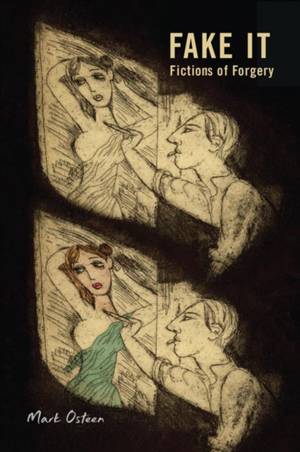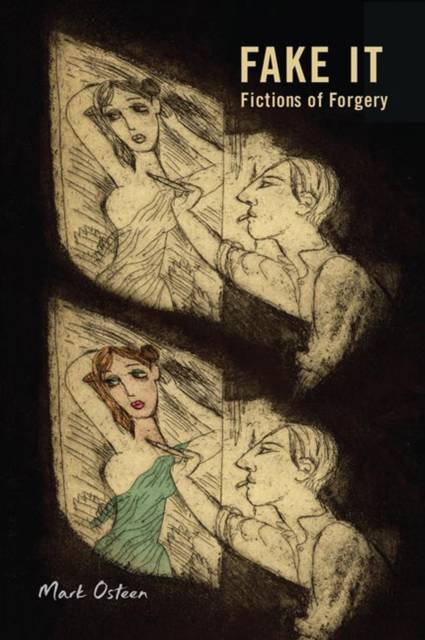
- Retrait gratuit dans votre magasin Club
- 7.000.000 titres dans notre catalogue
- Payer en toute sécurité
- Toujours un magasin près de chez vous
- Retrait gratuit dans votre magasin Club
- 7.000.000 titres dans notre catalogue
- Payer en toute sécurité
- Toujours un magasin près de chez vous
Description
How many layers of artifice can one artwork contain? How does forgery unsettle our notions of originality and creativity? Looking at both the literary and art worlds, Fake It investigates a set of fictional forgeries and hoaxes alongside their real-life inspirations and parallels. Mark Osteen shows how any forgery or hoax is only as good as its authenticating story--and demonstrates how forgeries foster fresh authorial identities while being deeply intertextual and frequently quite original.
From fakes of the late eighteenth century, such as Thomas Chatterton's Rowley poems and the notorious "Shakespearean" documents fabricated by William-Henry Ireland, to hoaxes of the modern period, such as Clifford Irving's fake autobiography of Howard Hughes, the infamous Ern Malley forgeries, and the audacious authorial masquerades of Percival Everett, Osteen lays bare provocative truths about the conflicts between aesthetic and economic value. In doing so he illuminates the process of artistic creation, which emerges as collaborative and imitative rather than individual and inspired, revealing that authorship is, to some degree, always forged.
Spécifications
Parties prenantes
- Auteur(s) :
- Editeur:
Contenu
- Nombre de pages :
- 370
- Langue:
- Anglais
Caractéristiques
- EAN:
- 9780813946276
- Date de parution :
- 13-08-21
- Format:
- Livre broché
- Format numérique:
- Trade paperback (VS)
- Dimensions :
- 152 mm x 229 mm
- Poids :
- 544 g







